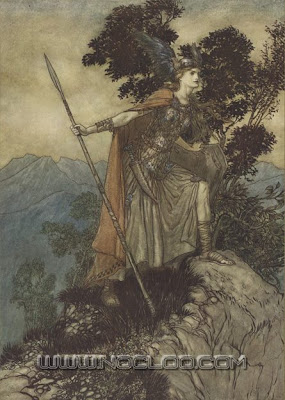Hi Everyone!
I'm thrilled to be here, sharing some thoughts with you. I'm just back from Boston, where I was honored to received an award for my latest book, Where in the Wild? Camouflaged Creatures Concealed... and Revealed, which I co-authored with my wife, Yael Schy. (Our book was awarded the 2008 SB&F Prize for Excellence in Science Books in the category "Children's Science Picture Book." The award is sponsored by Subaru and the American Association for the Advancement of Science and it was shared between the two authors and photographer Dwight Kuhn.) I was planning to write about the award ceremony and the four books that received the prize in different categories (see www.sbfonline/prizes) but I have decided to save that for another day,
 except to give you a glimpse of our book's cover and to share one detail about the ceremony. The sponsors of the SB&F Prize arranged to have several local children present the awards to the winning authors. The kids told the audience (and the authors) what they liked about the books. Some of them spoke with passion about questions the books had raised in their minds. To these readers, a book that raises interesting questions is a good book indeed. Then the young book reviewers shook our hands while handing us our award plaques.
except to give you a glimpse of our book's cover and to share one detail about the ceremony. The sponsors of the SB&F Prize arranged to have several local children present the awards to the winning authors. The kids told the audience (and the authors) what they liked about the books. Some of them spoke with passion about questions the books had raised in their minds. To these readers, a book that raises interesting questions is a good book indeed. Then the young book reviewers shook our hands while handing us our award plaques.The opinions and questions of children often fascinate and delight me. I get a lot of great letters from children and I would be hard-pressed to pick a favorite, but one letter that stands out in my mind came from a nine-year old girl who wondered about the accuracy of various statements in my first book. I'm going to remove her name and address to protect her privacy, but we can call her by her first name, Lisa. Here is what she wrote. I apologize that the letters are small and a little hard to read. Lisa's message is summarized in the last two sentences:

I have been lucky enough to see see many examples of readers extending or challenging statements in my books. The 2rd and 3rd graders of one class doubted that the average height of elementary school students was truly 4'8", as I reported in the backmatter of How Much Is a Million? I used that figure to estimate the height of a million children standing on one another's shoulders. To find out if I was right, this class set about measuring every child in their elementary school. They determined the median, the mode and the mean, and they graphed their data. Finally, they declared that the average height was only 4'4".
But they didn't quit there. They proposed several possible explanations for the discrepancy between what I had written and what they had found. For example, their school has grades from K-5. Maybe my school went up to 6th or 8th grade. If so, that could explain the difference between their answer and mine. Or, they speculated, their school might be shorter than normal... or perhaps mine was taller than normal. Or maybe I just measured a single child with a height of 4'8" and I said, "He's normal!" In a scientific paper, this section of their report would have been the "discussion" section.
 I'll give just one other example of children wondering about what they have read.
I'll give just one other example of children wondering about what they have read.In If You Made a Million, I wrote that a million dollars would be equal to "a whale's weight in quarters." A group of schoolkids wondered about that. They looked up the weight of a blue whale (60 tons) and calculated that it is the same as the weight of 10 million quarters, or 2.5 million dollars -- not one million dollars as the book said. When they wrote to me about it, I pointed out that the book did not specify a particular species of whale. And in the backmatter, where I explained the math, I showed that the weight of a million dollars in quarters is about 50,000 pounds, which is "the approximate weight of many kinds of whales, including the sperm whale." Then, as if anticipating their objection, I added that blue whales can be much heavier than that. I thought I had covered my bases and I said so (nicely) in a letter to my challengers, but they were not convinced. Here is a copy of the page that they sent back to me, bearing their comment upon the situation:
To me, the point isn't who is right and who is wrong. The point is that they wondered about something they had read in a book ... and they pursued their wonders through research and mathematics. It's magical. As nine year-old Lisa said, "The magic of books is not knowing whether the facts are true or not."



